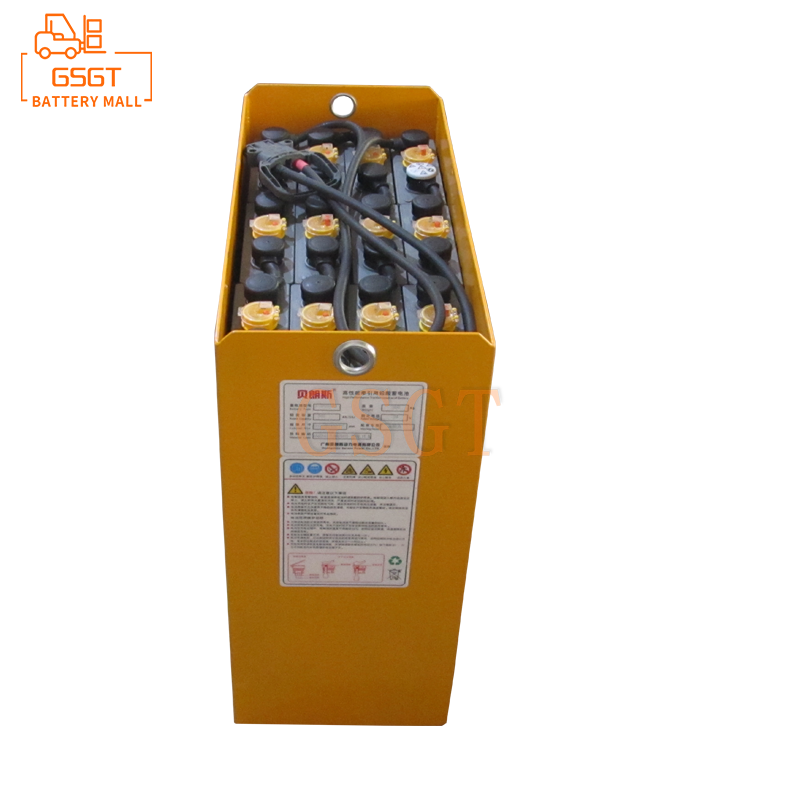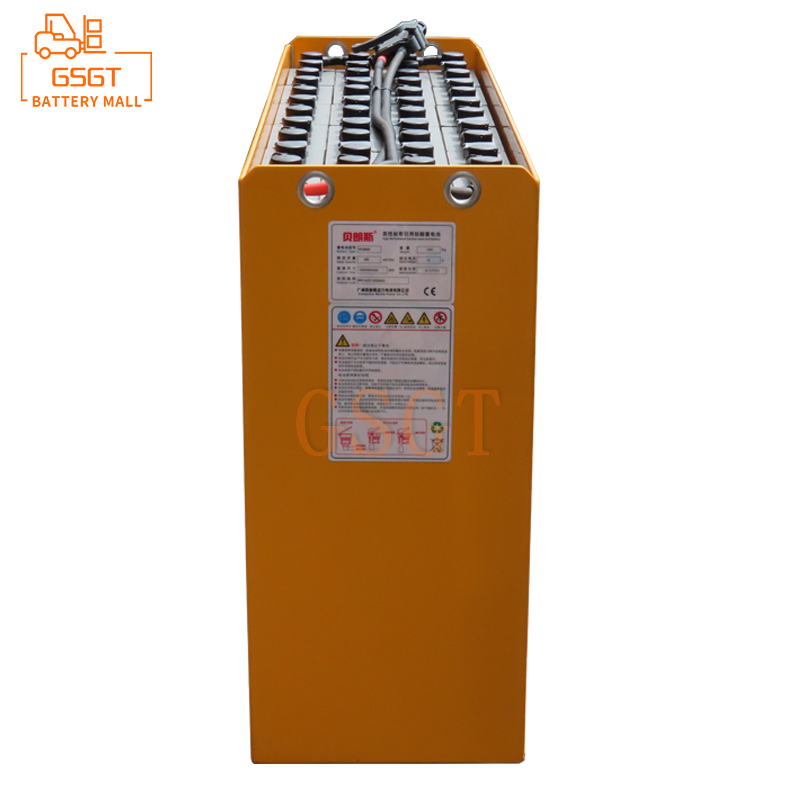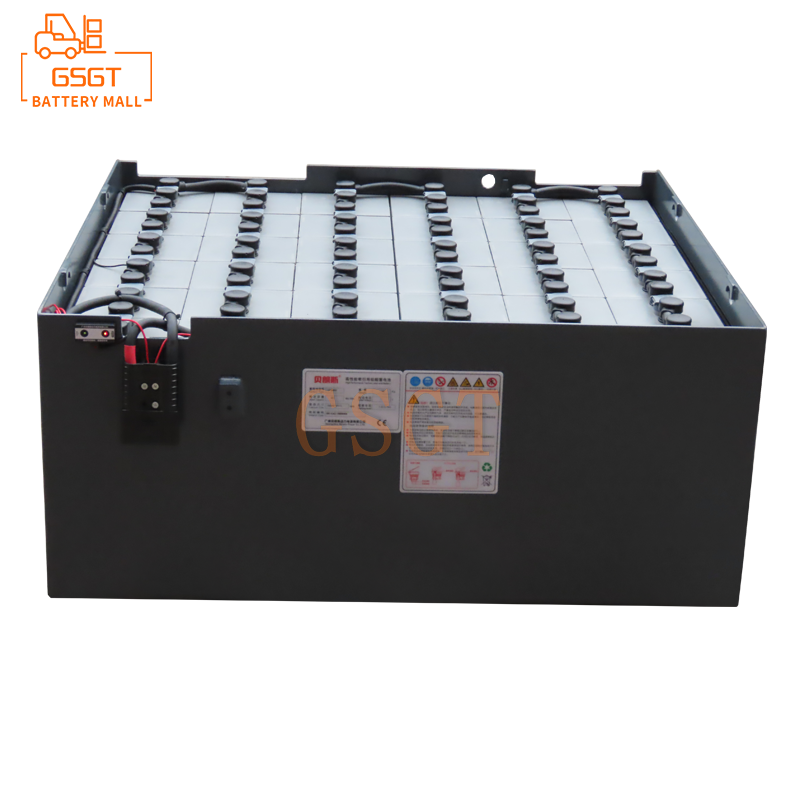Time:2025-03-18 13:45:07
Browse:628
In modern life, lead-acid batteries, as a common energy storage equipment, are widely used in automotive start-up, backup power supply, electric bicycles and other fields. Although its technology is mature and the cost is low, if it is used improperly, it will bring many safety hazards, such as electric shock, fire, explosion and lead pollution. Therefore, strict compliance with safe use specifications and the implementation of risk prevention measures are essential to ensure the safety of personnel and the normal operation of equipment.
Ⅰ. Preparation before use
1. ** Selection and adaptation ** : According to the actual power demand and equipment conditions, accurate selection of lead-acid batteries. For example, the car starting battery needs to have the ability to discharge large current instantaneously to meet the high current demand when the engine starts; As a backup power supply, the battery pays more attention to long-term stable discharge performance and capacity. If the selection is wrong, such as the small-capacity battery used in high-power equipment, it is easy to cause excessive discharge of the battery, shorten the life, and even cause safety accidents.
2. ** Appearance Check ** : Before receiving a new battery or using it, carefully check the appearance of the battery. Ensure that the shell is free of cracks and damage, and the pole is free of deformation and corrosion. If the shell is found to have a slight crack, sulfuric acid electrolyte may leak out, which will not only corrode the equipment, but also may cause a short circuit due to electrolyte leakage. Electrode corrosion will increase the contact resistance, affect the battery charging and discharging efficiency, and in serious cases may produce electrical sparks, igniting the surrounding flammable and explosive gas.
3. ** Installation specifications ** : When installing the battery, be sure to carry out in a well-ventilated environment. The battery should be fixed firmly to avoid loosening of the line or damage caused by battery collision due to vibration and displacement during use. At the same time, strictly in accordance with the positive and negative electrode identification of the connection line, the use of appropriate specifications of the cable, and ensure that the connection is tight. The wrong polarity connection will short-circuit the battery instantaneously, generate a strong current, and cause the battery to overheat, fire or even explode.
Ⅱ. Precautions during charging
1. ** Charger matching ** : Use a charger that matches the specifications of the lead-acid battery, and the charging parameters (such as charging voltage and current) are different for different types and capacities of batteries. For example, the charge curve of ordinary lead-acid batteries is different from that of colloidal lead-acid batteries, and if the charger is mixed, the battery may be overcharged or undercharged. Overcharging will aggravate the water decomposition inside the battery, produce a large amount of hydrogen and oxygen, increase the internal pressure of the battery, and have the risk of explosion. Undercharge will reduce the battery capacity and shorten the service life.
2. ** Charging environment control ** : Place the charger in a dry, ventilated place away from flammable materials, and the temperature of the charging area should be kept within the range specified by the battery, generally 5℃ -40 ℃. The temperature is too high, and the chemical reaction speed inside the battery is accelerated, which will cause the battery to lose water and the plate to vulcanize. The temperature is too low, the battery internal resistance increases, the charging acceptance becomes worse, and the battery life is also affected. In addition, the hydrogen generated during the charging process is flammable and explosive, and if there is an open flame or spark around, it is easy to cause an explosion.
3. ** Monitor the charging state ** : Pay close attention to the voltage, current changes and temperature of the battery during the charging process. Check the battery regularly for abnormal phenomena such as heating and swelling. Once the battery temperature is found to be too high (more than 50 ° C) or the charging current does not drop for a long time, stop charging immediately and troubleshoot the fault. This may be caused by internal short circuit of the battery, charger failure or improper setting of charging parameters, etc. If you continue to charge, it will seriously damage the battery and even cause a fire.
Ⅲ. Safety points in the discharge process
1. ** Avoid excessive discharge ** : The lead-acid battery should not be over-discharged, when the battery voltage drops to the specified termination voltage, the discharge should be stopped. Different types of lead-acid batteries, the termination voltage is different, such as 12V automotive start-up lead-acid batteries, the termination voltage is generally about 10.5V. Excessive discharge will cause a large amount of lead sulfate on the battery plate to accumulate, resulting in plate vulcanization, increased internal resistance of the battery, a substantial decrease in capacity, and difficult to recover. Long-term excessive discharge may also damage the internal structure of the battery, causing safety problems.
2. ** Control discharge current ** : According to the rated discharge current of the battery, reasonable control of the load size to avoid large current discharge. A large current discharge causes the battery to heat up seriously, accelerates battery aging, and may cause the battery voltage to drop too quickly, affecting the normal operation of the device. For example, when an electric bicycle climbs or accelerates, the current will increase instantaneously, and if such operations are frequent, the battery life will be shortened, and the high heat generated by the large current discharge increases the fire hazard.
Ⅳ. Daily maintenance and maintenance
1. ** Regular check of the electrolyte ** : For open lead-acid batteries, the electrolyte level should be regularly checked, and the liquid level should be kept between the upper and lower limits. If the liquid level is too low, distilled water or special lead-acid battery supplement liquid should be added, do not add tap water or other liquids containing impurities, so as to avoid chemical reactions between impurities and the electrolyte, affecting the battery performance. At the same time, the electrolyte density is regularly tested to determine the charging and discharging state and health status of the battery through density changes. In general, the electrolyte density of a fully charged battery is between 1.26-1.28 g/cm³.
2. ** Clean the battery surface ** : Wipe the battery surface regularly with a damp cloth to remove dust, dirt and electrolyte residues. The accumulation of dirt on the battery surface may lead to short circuit between poles and reduce battery performance. Electrolyte residue will corrode the battery casing and surrounding devices. When cleaning, be careful not to let water into the battery, to avoid battery short circuit.
3. ** Storage maintenance ** : If the battery needs to be stored for a long time, the battery should be fully charged first, and then every period of time (generally one month) for a supplementary charge to prevent the battery self-discharge resulting in excessive discharge. The storage environment should be dry and cool, avoid direct sunlight and high temperature environment, high temperature will accelerate battery self-discharge and plate aging.
Ⅴ. Risk prevention and emergency treatment
1. ** Electrical safety protection ** : When in contact with lead-acid batteries and related equipment, operators should wear personal protective equipment such as insulating gloves and protective glasses to prevent electric shock accidents. Obvious warning signs should be set up in the battery installation area to remind personnel of the danger of electric shock. At the same time, the battery system is grounded to ensure that in the event of a fault such as leakage, the current can be safely imported to the ground to reduce the risk of electric shock.
2. ** Fire and explosion prevention ** : The lead-acid battery charging area should be equipped with fire extinguishing equipment, such as dry powder fire extinguishers, carbon dioxide fire extinguishers, etc., and regularly check its effectiveness. Do not place inflammable and explosive materials near the battery, maintain good ventilation, and discharge hydrogen generated during the charging process in time. In addition, a hydrogen leak detection device can be installed, and once the concentration of hydrogen is detected, the ventilation equipment is immediately started and corresponding measures are taken to prevent the accumulation of hydrogen and cause an explosion.
3. ** Lead pollution control ** : Lead and its compounds in lead-acid batteries are toxic, and lead pollution may occur in the process of battery disassembly and maintenance. Operators should operate in a special fume hood, wear a gas mask, and avoid breathing lead dust. For waste batteries, recycling should be carried out in strict accordance with environmental regulations and handed over to professional recycling agencies to prevent lead pollution of soil and water.
4. ** Emergency response plan ** : Formulate a complete emergency response plan for lead-acid battery safety accidents. If the electrolyte leakage occurs, it should be immediately neutralized with alkaline substances such as lime powder, and then washed with a lot of water, and the leakage is properly collected and processed to prevent environmental pollution. In case of fire, cut off the power immediately, use the fire extinguisher to extinguish the fire, and call the fire alarm phone in time. If someone is electrocuted or contaminated with lead, they should be quickly moved to safety for emergency treatment and medical treatment.
The safe use of lead-acid batteries needs to be strictly controlled from the preparation before use, charging and discharging process, daily maintenance and risk prevention. Only by following the safe use specifications and implementing various risk prevention measures can we ensure the safe and stable operation of lead-acid batteries, avoid safety accidents, extend the battery life, and realize the rational use of resources and environmental protection.

$1105

$3810

$4045

$705

MESSAGE
Professional And Efficient
Security
Affordable Price
Professional Services